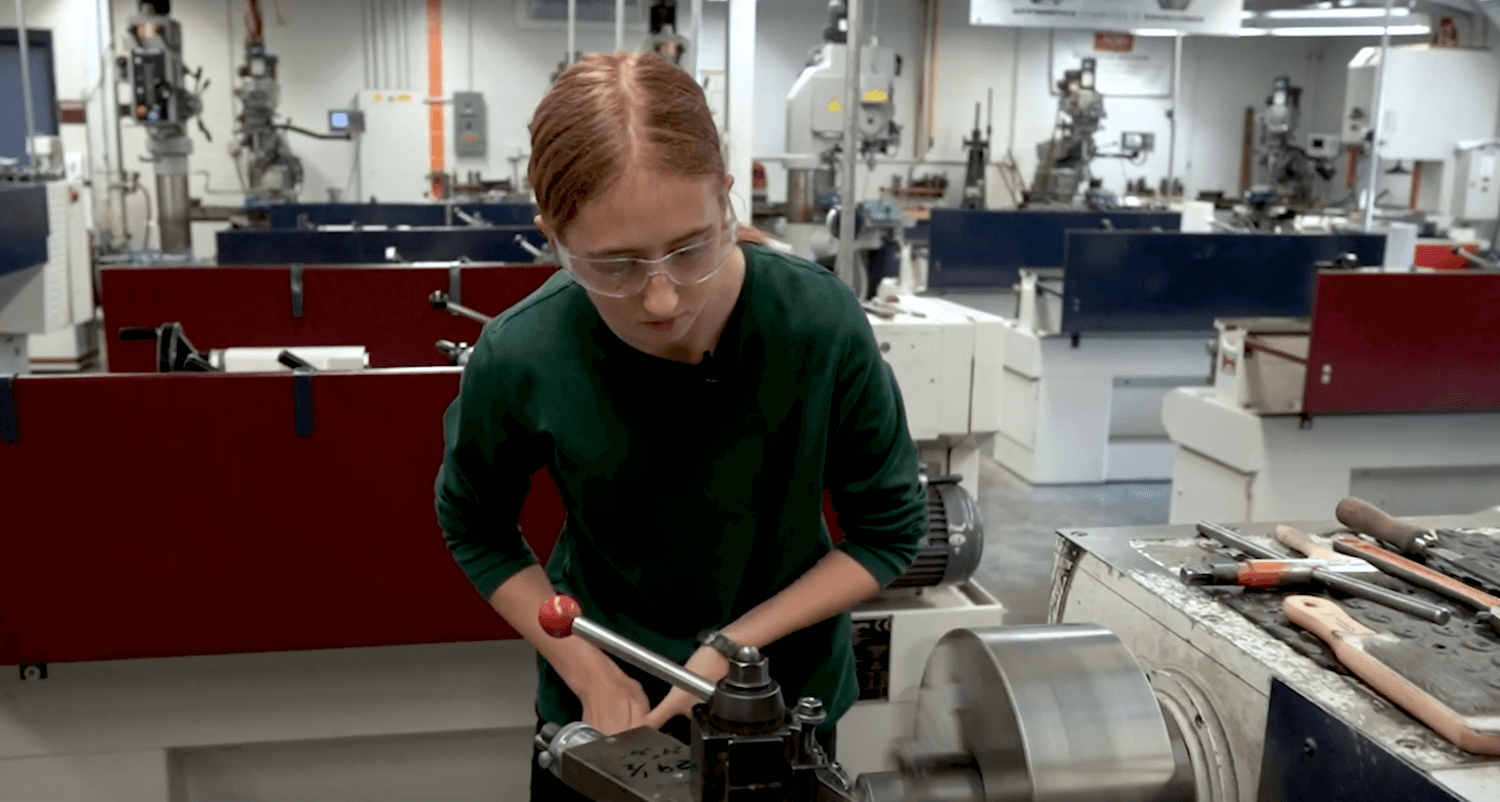
Think back to the education you received during History class. You were probably given textbooks with all kinds of data, statistics, and figures about hundreds of different historical events.
Can you recall even one of those facts?
Unlikely.
But you probably remember the stories of the people and events in the TV shows or movies that replayed those time periods. Hamilton, for example, connects people to the story of Founding Father Alexander Hamilton through captivating visuals and musical compositions. Opposed to cold statistics, stories sear themselves into our memories.
Stories are an undeniably powerful communication tool. According to the London School of Business, people only recall 5% to 10% of what you tell them when you use only facts. But weave those facts into a story, and your audience retains 65% to 70% of the information.
It’s simple, but in communication, some of the simplest things can be the toughest to execute. Getting it right matters, and there is no better medium for the human story than video.
Crafting a Compelling Story
Employing storytelling in your messaging isn’t enough. To utilize the power of stories, we have to tell them effectively.
Luckily, there’s a four-step formula for creating stories with impact. And it applies to nearly any type of message you’re trying to get across.
According to Carmine Gallo, Harvard instructor, keynote speaker, and author of “The Bezos Blueprint,” using these elements—protagonists and characters, conflict, resolution, and structure—will sharpen your storytelling skills.
Start with the protagonists. These are the heroes of the story, the main characters who face hurdles they must overcome. A message about the impact of a donation, for example, will go much further when we meet the people affected, like a student (let’s call her Sara) who is the first in her family to pursue a college education. With a strong protagonist, the audience can connect on an emotional level.
From there, you’ll identify the conflict. What are the hurdles Sara faces in achieving her goal? We might learn that her family struggles to afford university and that she has juggled work and school to help her family pay rent. Pinpoint the obstacles that stand in the way of your protagonist’s goal.
The next piece is the resolution. Suppose a successful fundraising campaign by your organization has introduced a scholarship fund into Sara’s life that allows her to overcome her financial limitations. We see that the protagonist has made it through the conflict to the other side.
Now we can build a structure. Every story needs a beginning, middle, and end. At the start, the scene introduces the protagonist (in our example, Sara) and her family. The middle drives the plot forward, identifying her conflict and driving home the need for scholarship funding. The end shows the resolution—the impact of donor funds when Sara is the first in her family to attend university.
Why Video is an Effective Storytelling Tool
On social media, the rise of the moving image is evident: video is king. It’s the best vehicle for a story thanks to its ability to be concise and to combine captivating images with stirring music.
Every organization’s communication efforts, whether they’re a business or nonprofit, can benefit from telling stories through video across every platform. Beyond being influential, it also has the advantage of flexibility: one video can be adapted for multiple lengths and uses.
Inject a newsletter with more emotion using video, or capture more eyeballs on social media platforms with shortened versions of the same film. Video stories also enhance websites, which become more dynamic when they expand beyond words.
There are several types of stories told through video that, even at abbreviated lengths, won’t sacrifice influence:
- Testimonials
Interviewing team members, volunteers, donors, or clients and compiling their first-person perspectives is an easy way to create a narrative. Combined with b-roll from the organization’s day-to-day activities, these stories provide authentic examples of your work’s impact.
- Use-case videos
Picture the difference between reading a recipe or watching a short YouTube video on how to create it. That’s the power of use-case videos, which build credibility by using the storytelling adage of “show, don’t tell.” By visualizing the impact of your product, service, or nonprofit program on your audience, you help them make stronger connections with the importance of your work.
- Day-in-the-life
Documentary-style videos are a great way to showcase the organic content that emerges when we spend a day with the protagonists. For example, following a member of your team around a typical workday can showcase the role they play in your company’s success. Or you might have a high-impact program or event, like a food drive, and capture its daily impact on film.
Tell Your Story
Video has become the dominant medium of communication across social platforms.
If you have a story, we might be the right organization to help you tell it. Post Script Productions specializes in video, and our clients benefit from that focus. We take on every step of the project, starting with listening to your story and the story you’re trying to share and who needs to hear it. We handle all aspects of production based on your organization’s or specific project’s needs and then deliver a final product that is true to your mission and message.
Get in touch with us to learn more. We can share samples and talk through your specific needs to explore whether our video production is the right fit.



Recent Comments